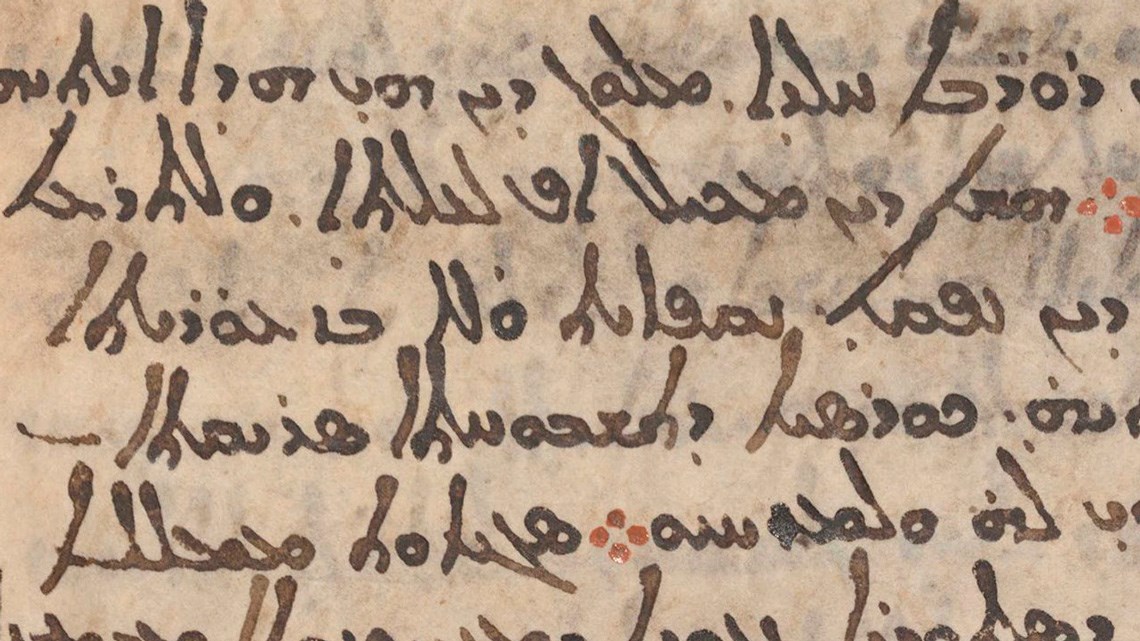Sought for centuries and once considered lost, the star catalog written by ancient Greek astronomer Hipparchus (190 BC–120 BC) has been found, hidden under Christian texts in the library of a Greek Orthodox monastery on Egypt’s Sinai peninsula. Nine of the 106 pages of a document recovered by French and British science historians constitute the Codex Climaci Rescriptus, a collection of texts written in the tenth or eleventh centuries. Analyses using different types of light indicated that the document is a palimpsest—a piece of paper from which the original text was erased so that it could be reused (Journal for the History of Astronomy, October 18). Believed to be the first known attempt to map the entire sky, the codex accurately indicates the length and width in degrees of the Corona Borealis constellation and provides coordinates for the stars at its northern, southern, eastern, and western boundaries. Hipparchus established the locations of stars using two coordinates and modeled the apparent motions of the Sun and Moon.
RepublishAstronomy
The first map of the night sky

An image of a page of the Codex Climaci Rescriptus shows the erased Greek text covered by Syriac writing
Museum of the Bible

